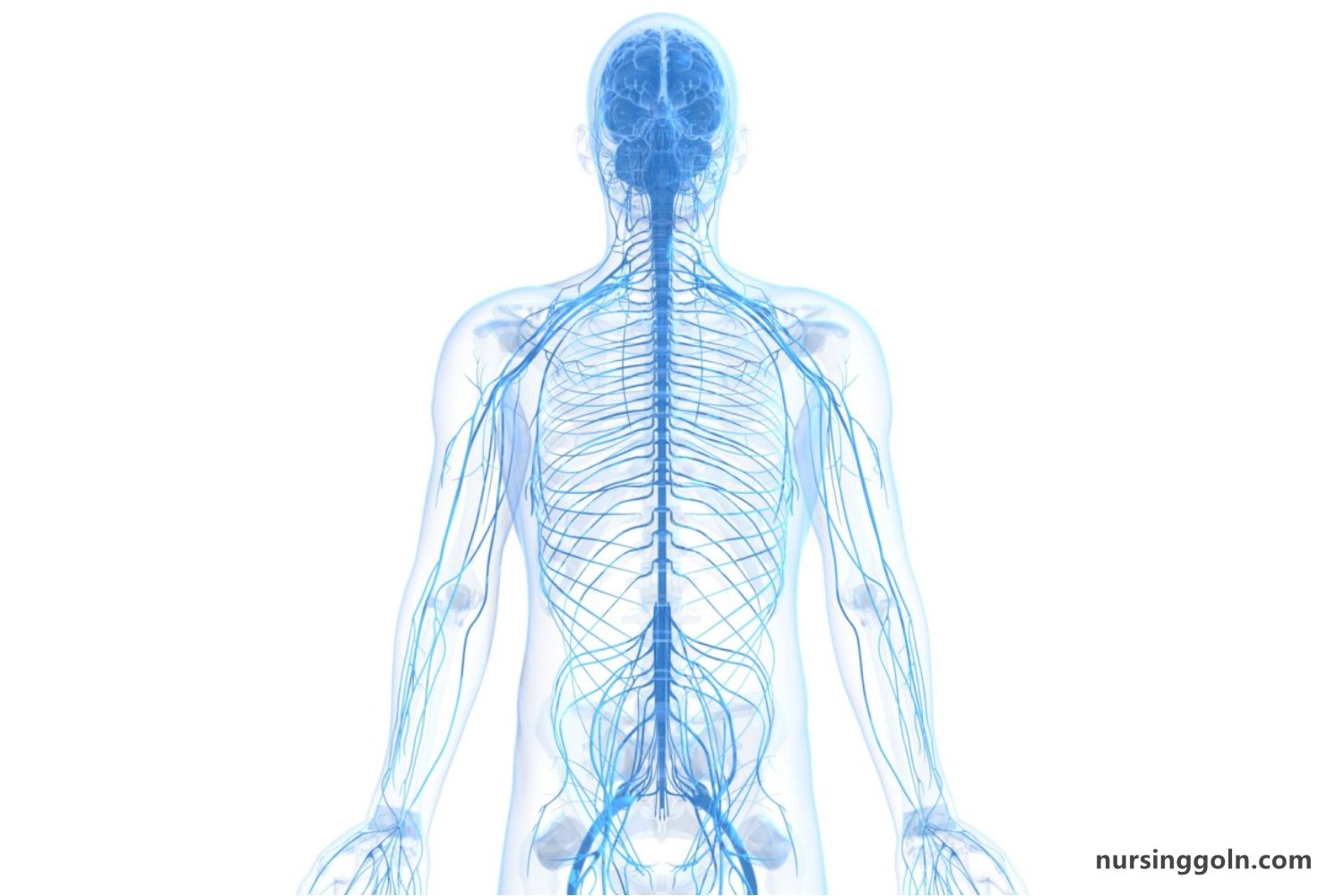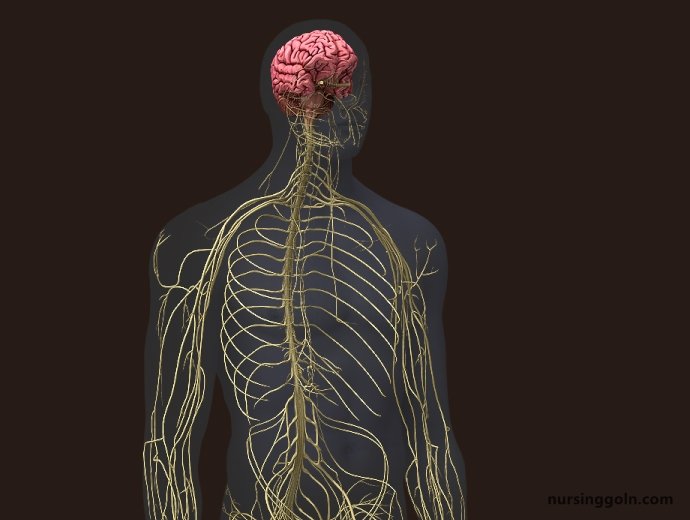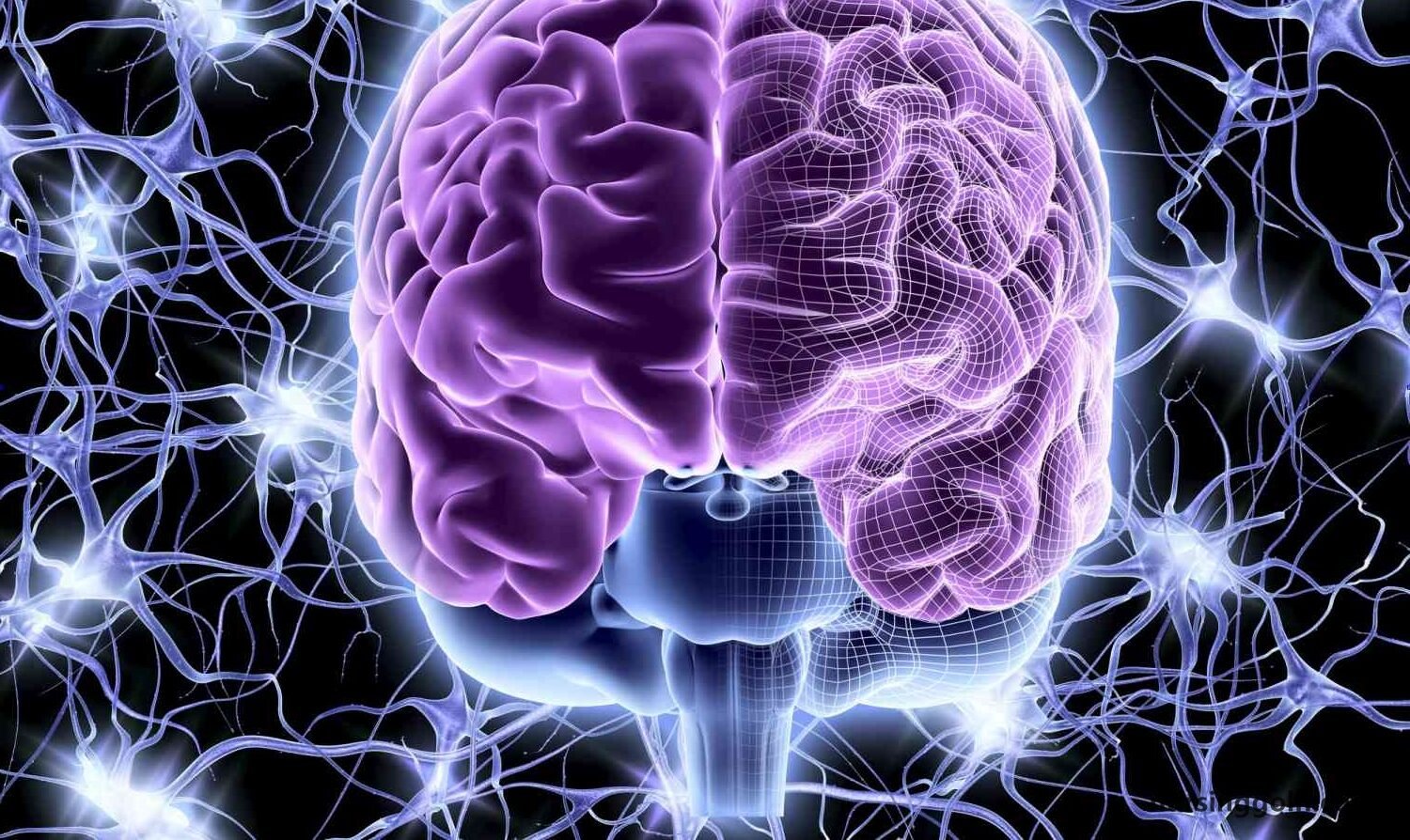Today our topic of discussion is ” Circulation and the Central Nervous System “. The human nervous system, with its intricate webs of neurons and axons, can often appear as an isolated entity, distinct from the rest of our bodily systems. However, its survival and functionality hinge critically on another equally sophisticated system: the circulatory system. This article delves into the confluence of the circulatory system with the Central Nervous System (CNS), focusing on the critical role of circulation in maintaining the health and efficacy of our brain and spinal cord.

Circulation and the Central Nervous System: Anatomy of the Nervous System
1. Vital Significance of Circulation in the CNS
Every second, billions of neural transactions occur within the CNS. To support this immense energy demand, a constant supply of oxygen and nutrients, delivered by the blood, becomes paramount. Conversely, waste products generated must be efficiently removed, underscoring the vital nature of circulation.
2. The Arterial Supply: Oxygenated Lifelines
The brain receives its oxygenated blood primarily from two major sets of arteries:
- Carotid Arteries: The internal carotid arteries, branching from the common carotid arteries, supply the anterior and middle parts of the brain.
- Vertebral Arteries: Arising from the subclavian arteries, they fuse to form the basilar artery, which supplies the posterior brain regions.
Together, these arteries form an anastomotic loop called the Circle of Willis, ensuring collateral blood flow—a safeguard mechanism in case one pathway becomes obstructed.

3. Venous Drainage: Exiting the Metabolic Byproducts
The deoxygenated blood and metabolic waste from the brain drain through a series of cerebral veins, which converge into larger venous sinuses, notably the superior and inferior sagittal sinuses. These merge to form the large internal jugular veins, channeling the blood back to the heart.
4. The Spinal Cord’s Circulatory Dynamics
The spinal cord, a crucial segment of the CNS, is nourished by the anterior and posterior spinal arteries and drained by the anterior and posterior spinal veins.
5. The Blood-Brain Barrier: CNS’s Protective Sentinel
One of the marvels of neurovascular anatomy is the blood-brain barrier (BBB), a highly selective semipermeable border that prevents the bloodstream’s potentially harmful agents from entering the brain. Comprising tight junctions between endothelial cells, the BBB ensures that the CNS remains in a stable and protected environment.

6. Cerebrospinal Fluid and Circulation
The brain and spinal cord are bathed in cerebrospinal fluid (CSF), a clear liquid that plays a role in cushioning these structures and aiding in waste removal. CSF circulates through the ventricular system in the brain and the central canal of the spinal cord, with its flow ensuring the efficient removal of metabolic byproducts.
7. The Neurovascular Unit: A Symbiotic Association
Beyond mere channels of supply and drainage, there exists an intricate relationship between neurons, glial cells, and the vascular network, collectively termed the “neurovascular unit.” This interaction ensures precise regulation of cerebral blood flow, tailoring it to the neurons’ metabolic demands.
8. Pathologies at the Crossroads: Implications of Circulatory Disruptions
Any disturbance in the CNS’s circulation can lead to dire consequences:
- Ischemic Stroke: Caused by a blocked blood vessel, depriving a brain region of oxygen and nutrients.
- Hemorrhagic Stroke: Resulting from a ruptured blood vessel, leading to bleeding within the brain.
- Transient Ischemic Attacks: Brief episodes of neurological dysfunction due to temporary blood supply reduction.
Understanding these conditions underscores the circulatory system’s significance within the CNS context.

9. Neurovascular Research: A Promising Frontier
Current research endeavors are probing deeper into the CNS’s vascular intricacies. Explorations into neurovascular coupling, where blood flow changes in response to neural activity, promise insights into conditions like Alzheimer’s, where such coupling may be impaired.
10. Conclusion: The Inextricable Bond
The anatomy of the nervous system, when studied in isolation, only reveals part of the story. Its symbiotic relationship with the circulatory system completes the narrative. The circulatory pathways, diligently servicing the CNS, ensure that our brain and spinal cord function optimally, reminding us of the intricate and delicate balance that underpins our very existence. Understanding this bond not only illuminates the marvels of human anatomy but also offers a beacon of hope for combating neurovascular diseases.
Read more:
